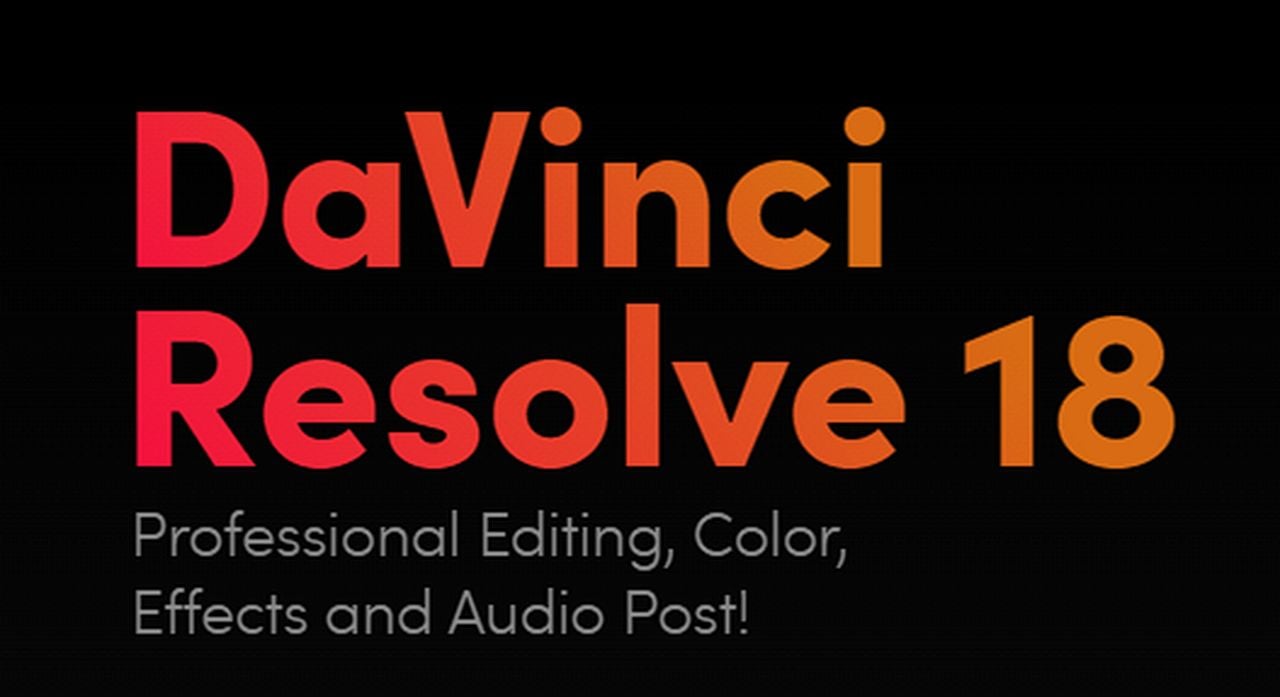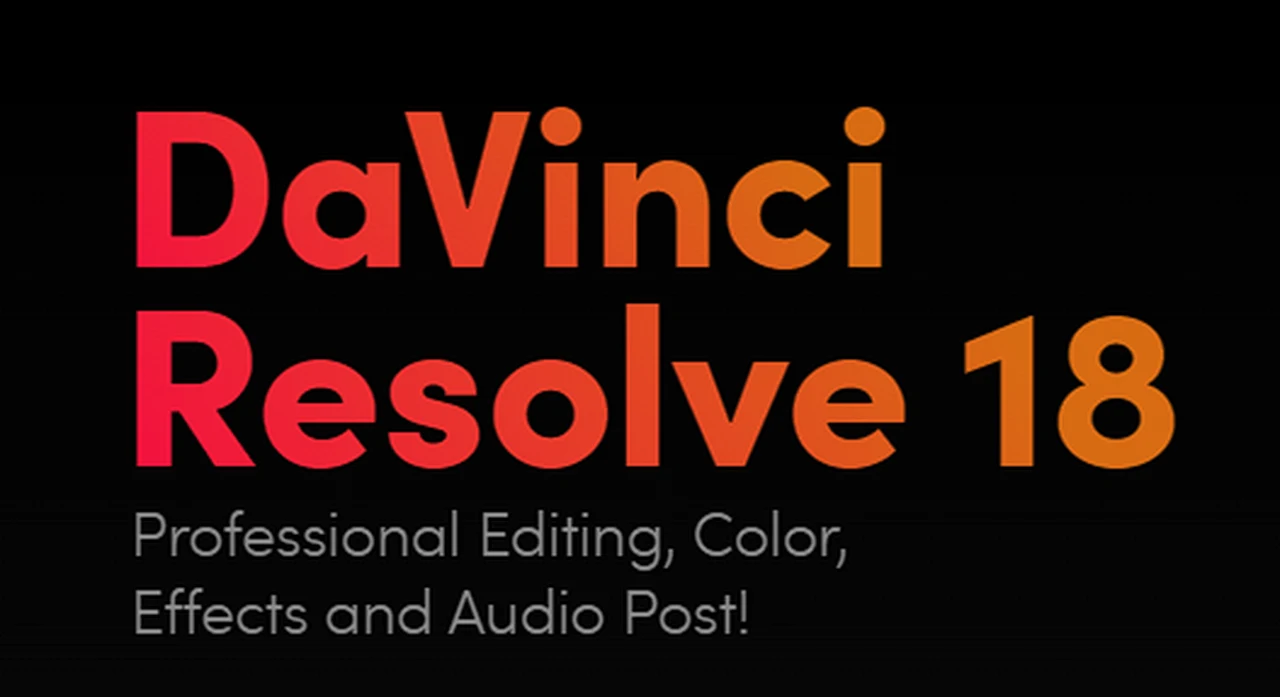[ad_1]
Blackmagic Design released its annual NAB 2024 update and announced over a dozen new products, including a new version of its popular DaVinci Resolve editing suite. Other key products include the Micro Color Panel for DaVinci Resolve on iPad, a 17K 65mm camera and the Pyxis 6K cube camera.
Davinci Resolve 19
DaVinci Resolve has become a popular option for editors who don’t want to pay a monthly subscription for Adobe’s Premiere Pro, and is arguably more powerful in some ways. The latest version 19 takes a page from its rival, though, with a bunch of new AI-powered features for effects, color, editing, audio and more.
Starting with the Edit module, a new feature lets you edit clips using text instead of video. Transcribing clips opens a window showing text detected from multiple speakers, letting you remove sections, search through text and more. Other features include a new trim window, fixed play head (reducing zooming and scrolling), a window that makes changing audio attributes faster and more.
The Color tool introduces “Color Slice,” a way to adjust an image based on six vectors (red, green, blue, yellow, cyan and magenta) along with a special skin tone slider. For instance, you can adjust any of those specific colors, easily changing the levels of saturation and hues, while seeing and adjusting the underlying key. The dedicated skin slider will no doubt make it attractive for quick skin tone adjustments.
Another key feature in Color is the “IntelliTrack” powered by a neural engine AI that lets you quickly select points to track to create effects or stabilize an image. Blackmagic also added a new Lightroom-like AI-powered noise reduction system that quickly removes digital noise or film grain from images with no user tweaking required.
“Film Look Creator” is a new module that opens up color grading possibilities with over 60 filmic parameters. It looks fairly easy to use, as you can start with a preset (default 65mm, cinematic, bleach bypass, nostalgic) and then tweak parameters to taste. Another new trick is “Defocus Background,” letting users simulate a shallow depth of focus via masking in a realistic way (unlike smartphones), while Face Refinement tracks faces so editors tweak brightness, colors, detail and more.
The Fusion FX editor adds some new tools that ease 3D object manipulation and on the audio (Fairlight) side, BMD introduced the “Dialogue Separator FX” to separate dialogue, background or ambience. DaVinci Resolve 19 is now in open beta for everyone to try, with no word yet on a date for the full release. As usual, it costs $295 for the the Studio version and the main version is free.
Micro Color Panel
BMD’s DaVinci Resolve for iPad proved to be a popular option for editors on the go, and now the company has introduced a dedicated control surface with the new Micro Color Panel. It’ll offer editors control that goes well beyond the already decent Pencil and multitouch input, while keeping a relatively low profile at 7.18 x 14.33 inches.
A slot at the top front lets you slide in your iPad, and from there you can connect via Bluetooth or USB-C. The company promises a “professional” feel to the controls, which consist of three weighted trackballs, 12 control dials and 27 buttons. With those, you can perform editors, tweak parameters like shadows, hues and highlights, and even do wipes and other effects.
“The old DaVinci Resolve Micro Panel model has been popular with customers wanting a compact grading panel, but we wanted to design an even more portable and affordable solution,” said Blackmagic Design President Grant Petty. It’s now on pre-order for $509.
Pyxis 6K camera
Blackmagic Design is following rivals like RED, Sony and Panasonic with a new box-style camera, the Pyxis 6K full-frame camera. The idea is that you start with the basic brain (controls, display, CFexpress media, brain and sensor), then use side plates or mounting screws to attach accessories like handles, microphones and SSDs. It’s also available with Blackmagic’s URSA Cine EVF (electronic viewfinder) that adds $1,695 to the price.
Its specs are very similar to the Blackmagic Cinema Camera 6K I tested late last year. The native resolution is 24-megapixels (6K) on a full 36 x 24mm sensor that allows for up to 13 stops of dynamic range with dual native ISO up to 25,600. It can record 12-bit Blackmagic RAW (BRAW) directly to the CFexpress Type B cards or an SSD.
It also supports direct streaming to YouTube, Facebook, Twitch and others via RTMP and SRT either via Ethernet or using a cellular connection. Since the streaming is built into the camera, customers and csee stream status and data rate directly in the viewfinder or LCD. The Pyxis 6K arrives in June for $2,995 with three mounts (Canon EF, Leica L and Arri PL).
Blackmagic URSA Cine 12K and 17K
Along with the Pyxis, Blackmagic introduced a pair of cinema cameras, the URSA Cine 12K and 17K models. Yes, those numbers represent the resolution of those two cameras, with the first offering a full-frame sensor 36 x 24mm with 12K resolution (12,888 x 6,480 17:9) at up a fairly incredible 100 fps. The second features a 65mm (50.8 x 23.3 sensor) with 17,520 x 8,040 resolution offering up to 16 stops of dynamic range.
Both models will come with features like built-in ND filters, an optical low pass filter and BMD’s latest gen 5.0 color science. The URSA Cine 12K will come with 8TB of internal storage, or you can use your own CFexpress media. Other features include live streaming, a high-resolution EVF, V-battery support, wireless Bluetooth camera control and more. The URSA Cine 12K model is on pre-order for $14,995 or $16,495 with the URSA Cine EVF, with April availability. The URSA Cine 17K is under development, with no pricing or release yet announced.
This article contains affiliate links; if you click such a link and make a purchase, we may earn a commission.
[ad_2]
Source Article Link


